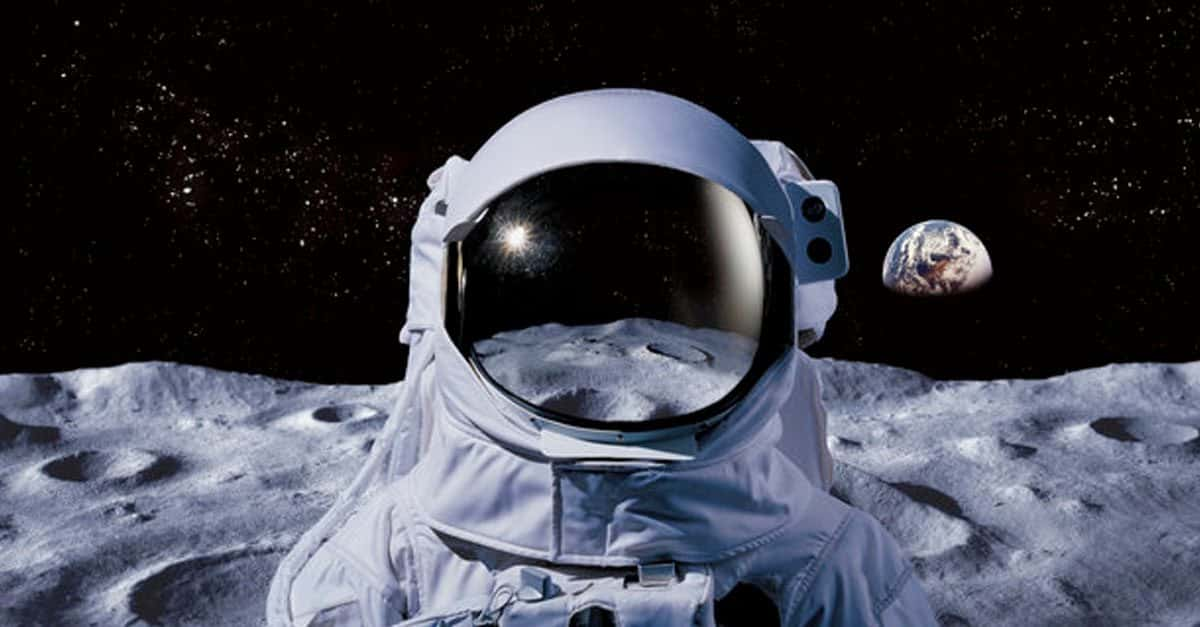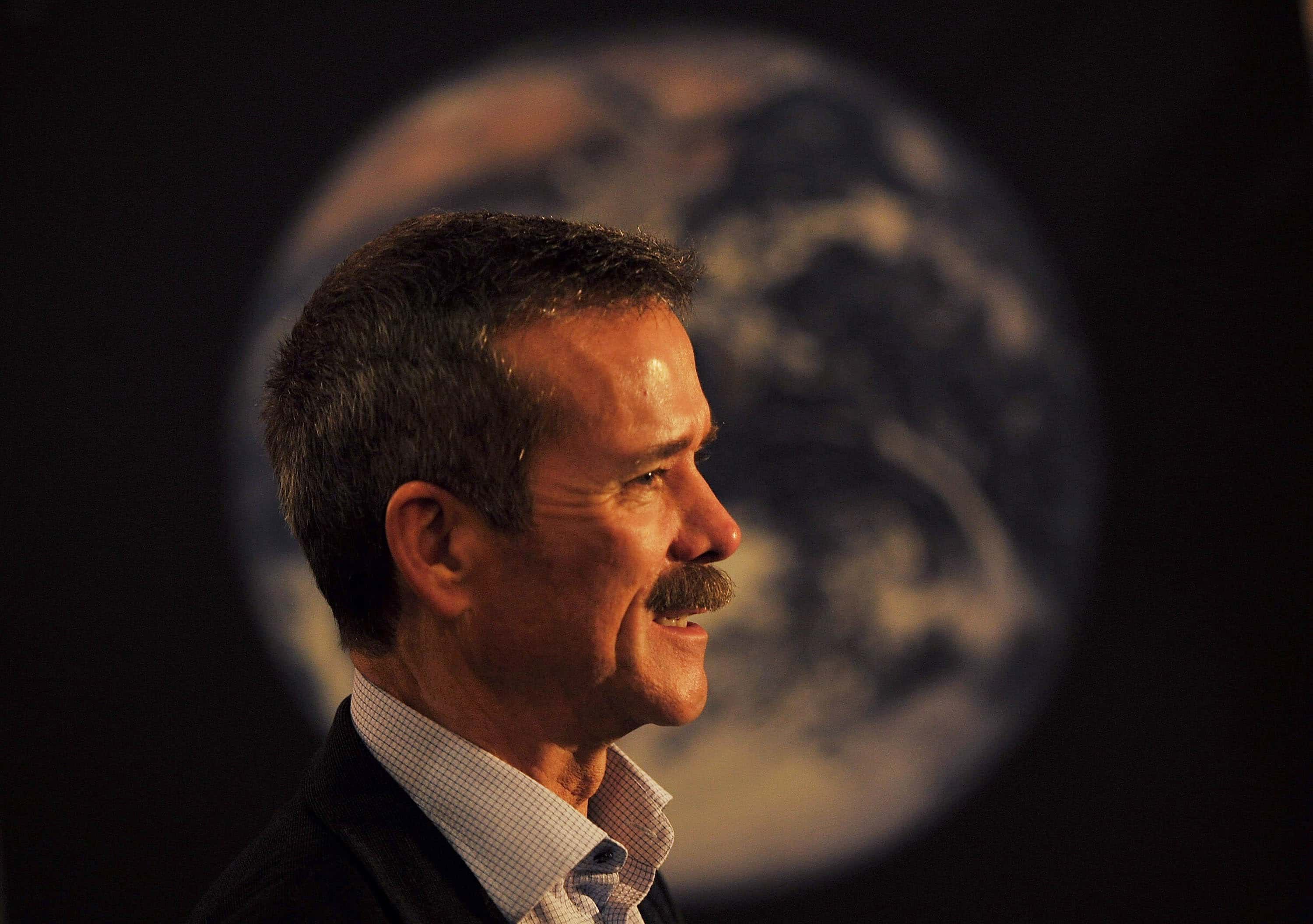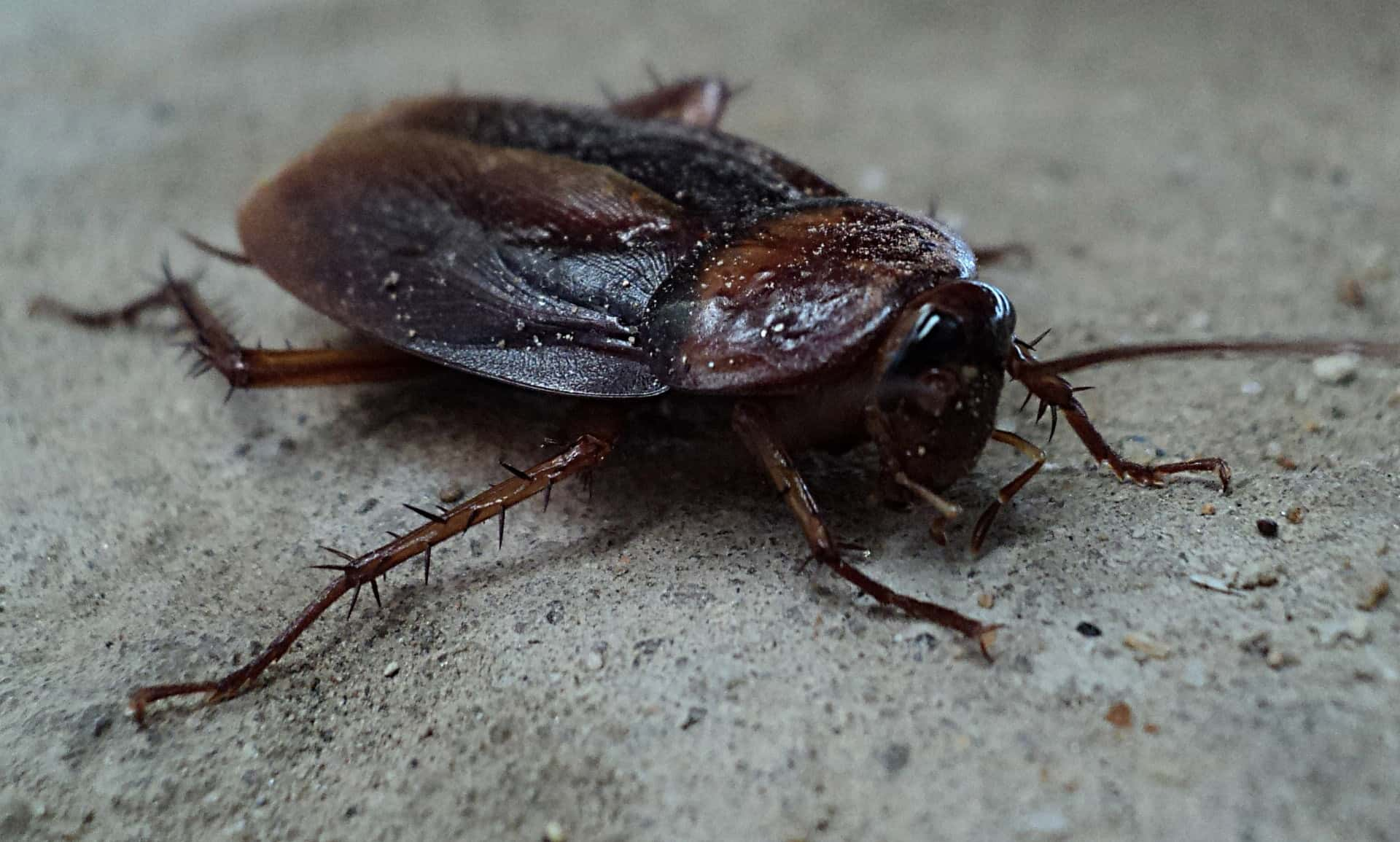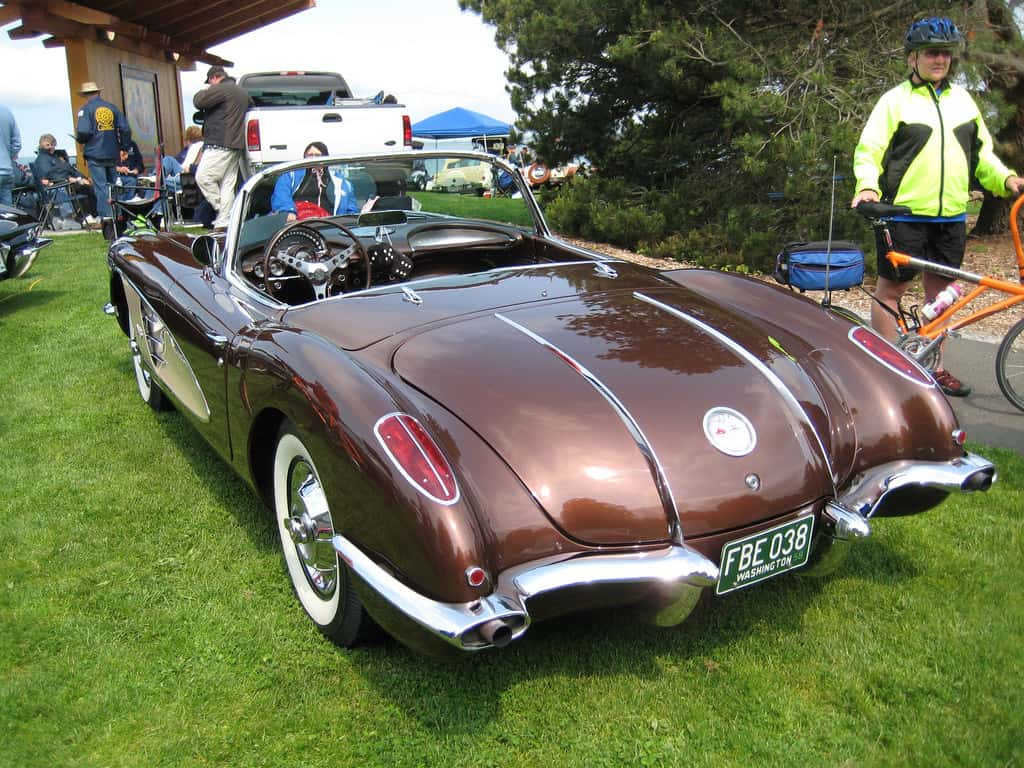"That's one small step for man, one giant leap for mankind". -Neil Armstrong
Astronauts are some of our best and brightest who are tasked with expanding the horizon of human exploration. The word Astronaut was coined by NASA, and derived from the Greek words Asitron (star) and nautes (sailor). The Soviet Space agency uses a similar term- Cosmonaut, which means “sailor among the universe”.
Here are 45 out of this world facts about astronauts.
46. 2000 Mile High Club
Commanders do not allow intercourse on board the International Space Station. The question arose when a 2010 mission quadrupled the number of women on board from one to four, putting four men and four women in orbit. The first married couple went to space in 1991, when training-camp sweethearts Jan Davis and Mark Lee served together on a mission. Both have refused to answer questions about the nature of their relationship during the mission. NASA has officially stated that if anyone has ever had intercourse in space, they know nothing about it.
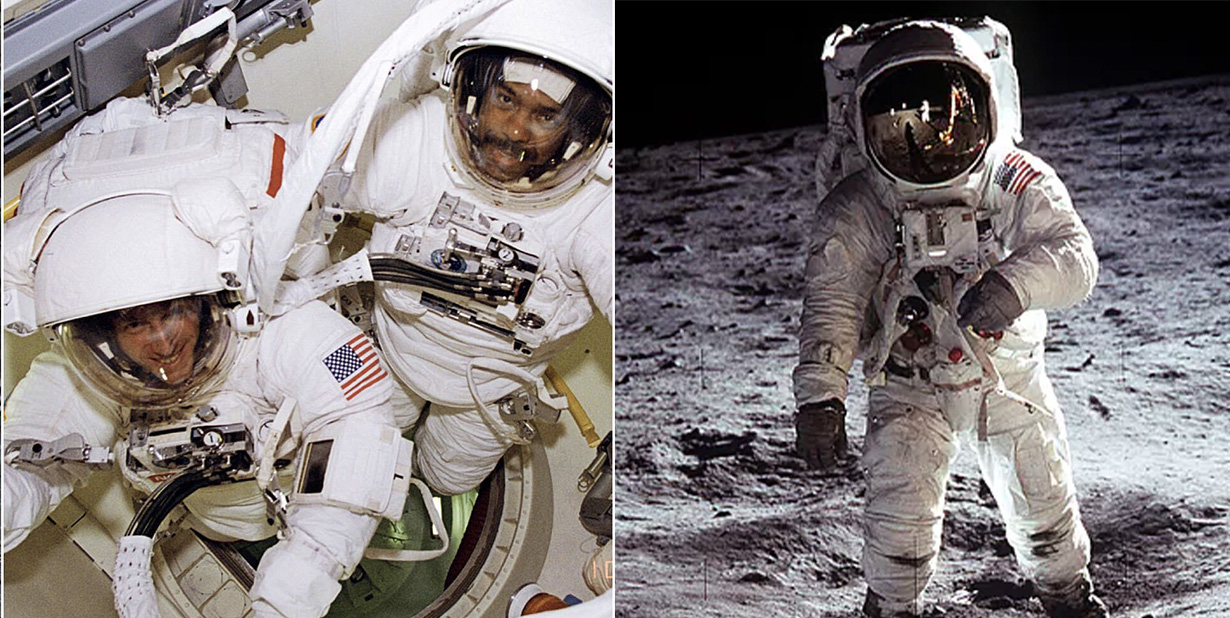
45. I Want to Be an Astronaut
In 2017, more than 18,000 people applied to join Nasa’s astronaut class. That’s almost three times the number of applications that were received in 2012, and far surpasses the record of 8000 applications set in 1978.
44. We’ll Call You
The selection process for NASA takes 18 months, and of the thousands of applications received, only 8-14 individuals will get the opportunity to become an astronaut.
43. Not so Fast
Once selected, applicants are still not considered full astronauts. They face two years of basic training where they are considered “astronaut candidates”.
42. Must Speak Russian
Astronauts spend hours learning to read and speak Russian. Spoken fluency is necessary for safety reasons, and passing a competency test is a requirement for NASA.
41. The Vomit Comet
Astronaut recruits get training in a specially fitted aircraft that uses a flight method called parabolic flight which creates a weightless environment for 20-25 second intervals. The exercise puts strain on the body, making 1 out of every 3 astronauts feel sick, thus earning the nickname “the vomit comet”.
40. Fallen Astronaut
The Apollo 15 mission placed an astronaut figure on the moon with a memorial plaque listing the 14 people who had passed on space missions. The sculpture was named “The Fallen Astronaut”.
39. Left His Family in Space
Apollo 16 Astronaut Charles Duke left not only his footprints, but a photograph of his wife and their two sons sitting on a bench. Duke signed the back of the photograph and wrote the following message: “'This is the family of Astronaut Duke from Planet Earth. Landed on the Moon, April 1972.'” The photograph remains to this day.
38. Gravity Sucks
Astronauts can be quite clumsy when they return from a long stay on the International Space Station (ISS) . The have reported dropping objects like pens and keys because they are used to not having to hold things in zero gravity.
37. Self-Propulsion
Believe it or not, farts were a major safety concern early on in the space program. Scientists were afraid that flammable methane gas could be explosive, and NASA spent a lot of time and money on studies to find a way to prevent this from happening. Both the ISS and the space suit is outfitted with filters that remove these gasses.
36. Windshield Wipers Are a Thing
Sneezing in a space suit is a delicate matter. Astronauts have to lean their heads forward and sneeze into their chests to prevent it from splattering all over their visor.
35. I May Have to Pee
Astronauts in space can’t tell when their bladders are full, because urine does not collect at the bottom of the bladder in a low-gravity environment. Normally, the bladder would signal the need to go at 1/3 full, but in space, it’s only triggered at almost full, which can cause problems. As a precautionary measure, Astronauts are trained to relieve themselves every two hours.
34. No Tears in Space
If an Astronaut cries, the tears do not fall, they just stay on their face and form a blob around their eyes. The surface tension of the water holds it together for the most part.
33. Good Eatin'
Neal Armstrong and Buzz Aldrin, the first astronauts to land on the moon, had bacon cubes as part of their first meal on the moon. The full meal included four bacon cubes, three sugar cookies, peaches, pineapple-grapefruit drink, and coffee.
32. Let them Eat Tortillas
Astronauts have been eating flour tortillas on the space shuttle since the 1980s as a replacement for bread. Crumbly foods are not allowed on the shuttle since the crumbs can damage the equipment. Tortillas work well and were an instant hit with astronauts.
31. Do You Have Anything to Declare?
No matter the mission, all astronauts still have to go through customs. When the astronauts of the Apollo 11 got back from the moon, they had to go through customs and declare the moon rocks, moon dust and other lunar samples collected on their mission.
30. Last Man Standing
On December 14, 1972, Astronaut Gene Cernan became the last man to walk on the moon. Before returning to the lunar module, he etched his daughter Tracy’s initials in the dust.
29. Disneyland for Germs
When a person coughs or sneezes on earth, the particles blast 3-6 feet away before gravity knocks them out of the air. In space, the plume will disperse all around, and sickness could spread quickly.
28. Jewel in the Night
Canadian astronaut Chris Hadfield recorded the first ever song in outer space. The song Jewel in the Night was uploaded to YouTube on Dec. 24, 2012.
27. No Girls Allowed!
When Hilary Clinton was a child, she wrote to NASA asking how she could become an astronaut. She received a letter back saying they didn’t accept girls.
26. Fore!
Apollo 14 astronaut Alan Shepard was the first person to play golf on the moon. It’s estimated that ball traveled for over a mile, unofficially setting the record for the longest drive in history.
25. First Cockroach in Space
During the Apollo 12 inflight press conference, Commander Pete Conrad held up a cockroach which he found in a food locker. It was only a fake cockroach but it was a very successful prank played on the astronauts. Mission Control sounds like they're laughing at an inside joke when Pete puts the critter on camera.
24. EVA
Whenever an astronaut gets out of a vehicle while in space, it’s called a spacewalk or an EVA. EVA stands for extravehicular activity. The first spacewalk was performed on March 18, 1965 by Russian cosmonaut Alexei Leonov and it lasted for 10 minutes.
23. Always Carry a Spare
Whenever they have to go on a spacewalk, astronauts use tethers to tie themselves to the space station. Just in case the tether breaks, they carry a backup system called Simplified Aid for EVA Rescue. The system uses small jet thrusters that can be controlled with a joystick to help astronauts get back to the space station.
22. Don't Drop The Tools
In 1998, Heidemarie Stefanyshyn-Piper lost her tool bag in space. She was one of two people working on a Space Station Renovation when her bag came unhooked and floated away. The bag weighed about 30lb, and contained grease guns, trash bags, and a scraper tool. It was the largest item ever lost by a spacewalker.
21. You Look Taller
Astronauts can grow up to 3% taller while spending time in microgravity. When the astronauts return to earth, their height returns to normal after a few months.
20. Buckle Up!
When astronauts go to sleep, they have to attach themselves to something so they don’t float around and bump into anything. Crews usually sleep in sleeping bags in a crew cabin big enough for one.
19. Do You Even Lift?
Exercising in space is essential for preventing bone and muscle loss. On average, astronauts exercise for two hours a day. Because of Microgravity, equipment has to be specially designed for use in space.
18. Everlasting
The moon has no atmosphere which means there is no erosion from wind or water. Solar winds act similarly to weather and scour the surface of the moon, but the process is extremely slow. Because of this, footprints on the surface can last almost as long as the moon itself.
17. An Astronaut Inside a Balloon
The middle-layer of an astronaut’s space suit acts similar to an inflated balloon. The rubber layer inflates and creates pressure against the astronaut’s body, keeping their bodily fluids from boiling in the low pressure. Pressure suits are also worn by high altitude pilots for the same reason.
16. Snoopy for Safety
When NASA was creating their safety program, they approached Charles Schulz for permission to use his Snoopy character in an award. They chose Snoopy to act as a watchdog for flight safety. The Sliver Snoopy Award is given to NASA employees who demonstrate exemplary accomplishments in safety.
15. The Air is Everywhere
Creating oxygen for the astronauts to breathe is a tricky process. The main method is the electrolysis of water. Water is split into its base components, hydrogen and oxygen, and the oxygen is vented into the breathable cabin air system known as the Oxygen Generation System, while the hydrogen is vented externally.
14. Space Shower
Since water requires gravity to flow, showers in space require some modifications. Astronauts shower in an enclosed cylinder to keep water from floating away. They wash their hair with no rinse shampoo, spray themselves with a nozzle to rinse off, and use a vacuum hose attachment to suck up all the water from their skin.
13. I Also Do This
There are no washing machines in space, so doing laundry is impossible. When clothes become too dirty, they simply put them into plastic bags and throw them away.
12. The Mercury 7
NASA’s first human spaceflight program Mercury aimed to see if humans could function in space for minutes or hours at a time. The first seven astronauts were chosen in 1959 and became known as the Mercury 7.
11. Includes Human Crumbs
In microgravity, astronauts don’t use their feet to walk. As a result, the skin on their feet softens and starts to peel off. Socks need to be removed very gently, or else the dried skin cells will float around the zero-gravity environment and remember - no crumbs allowed!
10. Creative Insurance Policy
Life-insurance policies were not available to early astronauts, so before they set off for the moon, they would sign postal covers that could be sold to collectors if they didn’t return. Covers were created for six different Apollo crews, but fortunately weren’t needed.
9. The Perks of Being an Astronaut
When Alan Shepard showed up for space training driving a Corvette, General Motors quickly realized what a benefit having astronauts driving their cars could be, and offered them extremely generous lease terms. Although NASA never officially endorsed Corvettes, lots of astronauts took advantage of the promotion. The Apollo 12 team all decided to get the same corvette which has since been dubbed the Astrovette.
8. Bathroom Wars
When the International Space Station mission began, the Astronauts and Cosmonauts got along very well, but political squabbles have led to some challenges aboard the ISS. Russia started charging other space agencies for their services, which led Americans to ban Russians from using their equipment. The astronauts/cosmonauts used to use whichever bathroom was available, but now different countries have their own facilities. Astronauts and Cosmonauts say they are above the issue and have no problems cooperating in space.
7. Sunrise, Sunset
Because of the high speed at which the Space Station orbits the earth, it only takes about 92 minutes to circle the earth once. This means that the astronauts see a sunrise or sunset every 45 minutes, totalling 15-16 of each, every 24 hours.
6. Scratching that Itch
When an Astronauts are in their space suits, they can’t scratch an itch with their hands. For an itch outside of the face, retired astronaut Clayton Anderson explained they “shake, rattle, and roll”. To get a facial itch, they often strategically attach a piece of Velcro inside their helmets, and rub their faces against it.
5. Is 100 Enough?
Sally Ride, the first American woman in space was asked by NASA engineers if 100 tampons were enough for her one week mission. Gender stereotypes and a lack of understanding followed her throughout her career.
4. Casting Ballots from Space
In 1997, Texas passed a law that granted Astronauts the ability to vote in their country’s election from space. The first American to vote from space was David Wolf, who was living on Russia’s Mir Space Station at election time in ’97.
3. The Oldest Man in Space
U.S. Senator John Glenn became the oldest person to ever go into space when he flew on Space Shuttle Discovery’s STS-95 mission in 1998. The mission was his second space flight, the first back in 1962 when he became the first American to orbit the Earth.
2. Moon Bears
The survival kits that Russian Cosmonauts took on board their Soyuz space capsules between 1982 and 2006 contained an arm to stave off bears. The Russian Federal Space Agency wanted to be prepared for the worst, and they took into consideration what they thought the Cosmonauts would need in the event they were stranded in a remote location upon re-entry.
1. That’s Not What I Said!
Neil Armstrong always maintained that what he actually said when he stepped onto the surface of the moon, was “One Small Step for a man”, and not “for man” as was famously quoted.
Sources 1, 2, 3, 4, 5, 6, 7, 8, 9, 10, 11, 12, 13, 14, 15, 16, 17, 18, 19, 20, 21, 22, 23, 24, 25, 26, 27, 28, 30, 31, 32, 33,34, 35, 36, 37, 38, 39, 40, 41, 42, 43

